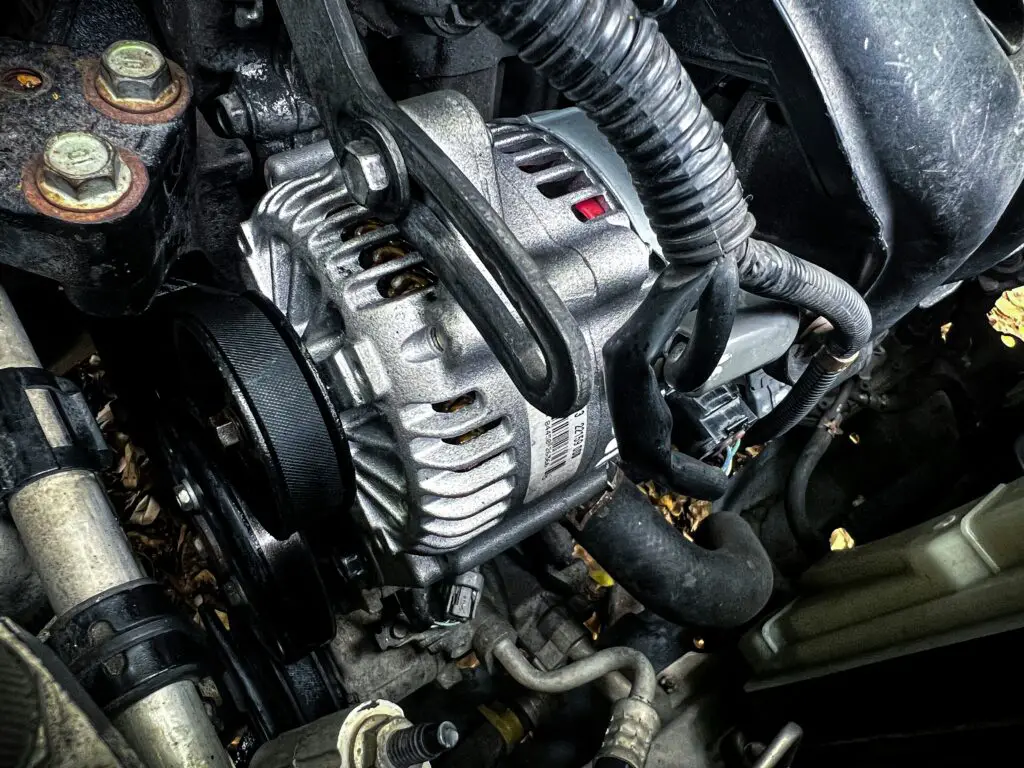Do you own a car, or a driver wondering what an alternator is in a car? The alternator is one of the most essential components of your car’s electrical system. While it often goes unnoticed, this small but mighty device plays a crucial role in keeping your vehicle running smoothly. Let’s dive into what an alternator is, how it works, and why it’s so important.
What Does an Alternator Do?
The alternator is responsible for generating electricity to power your car’s electrical systems and recharge the battery. Once your engine is running, the alternator takes over from the battery to supply energy to components such as:
- Headlights and interior lights
- Dashboard electronics
- Power windows and locks
- Climate control systems
- Infotainment systems
Without a functioning alternator, these systems would quickly drain the battery, leaving you stranded.
How Does an Alternator Work?
The alternator works by converting mechanical energy from the engine into electrical energy. Here’s a breakdown of the process:
- Mechanical Energy Transfer: The alternator is connected to the engine via a drive belt, often called a serpentine belt. As the engine runs, it spins the alternator’s rotor.
- Electromagnetic Induction: Inside the alternator, the rotor spins within a stator, creating a magnetic field. This process generates alternating current (AC).
- Conversion to Direct Current (DC): Since your car’s systems use direct current, the alternator includes a rectifier that converts AC to DC.
- Voltage Regulation: A voltage regulator ensures the electrical output is consistent and prevents overcharging the battery or damaging sensitive electronics.
Signs of a Failing Alternator
A failing alternator can lead to numerous electrical problems and eventually leave your car inoperable. Watch out for these warning signs:

- Dim or Flickering Lights: Inconsistent electrical output can cause headlights or dashboard lights to dim or flicker.
- Battery Warning Light: The battery warning light on your dashboard may indicate alternator issues rather than a bad battery.
- Dead Battery: A faulty alternator may not recharge the battery, leading to frequent jumpstarts.
- Strange Noises: A failing alternator may produce whining or grinding noises due to worn-out bearings or internal components.
- Electrical Failures: Power windows, locks, or other electronic features may malfunction.
How to Maintain Your Alternator
Proper maintenance can extend the life of your alternator and prevent unexpected breakdowns:
- Check the Drive Belt: Ensure the serpentine belt is in good condition and properly tensioned. A worn or loose belt can reduce the alternator’s efficiency.
- Monitor Electrical Loads: Avoid overloading your car’s electrical system with aftermarket accessories or high-powered devices.
- Inspect Wiring Connections: Corroded or loose connections can disrupt the alternator’s performance.
- Schedule Regular Inspections: Have your alternator tested during routine maintenance to catch potential issues early.
When to Replace an Alternator
The lifespan of an alternator typically ranges from 7-10 years or about 80,000-150,000 miles. However, factors such as driving conditions and electrical load can affect its longevity. If your alternator shows signs of failure, it’s best to have it inspected and replaced by a professional mechanic.
Final Thoughts
The alternator is a vital component that keeps your car’s electrical systems running and ensures the battery stays charged. Regular maintenance and attention to warning signs can help you avoid unexpected failures and costly repairs. If you’ve ever experienced alternator issues or have tips for maintaining this crucial part, share them in the comments below!
Discover more from Chikwem
Subscribe to get the latest posts sent to your email.